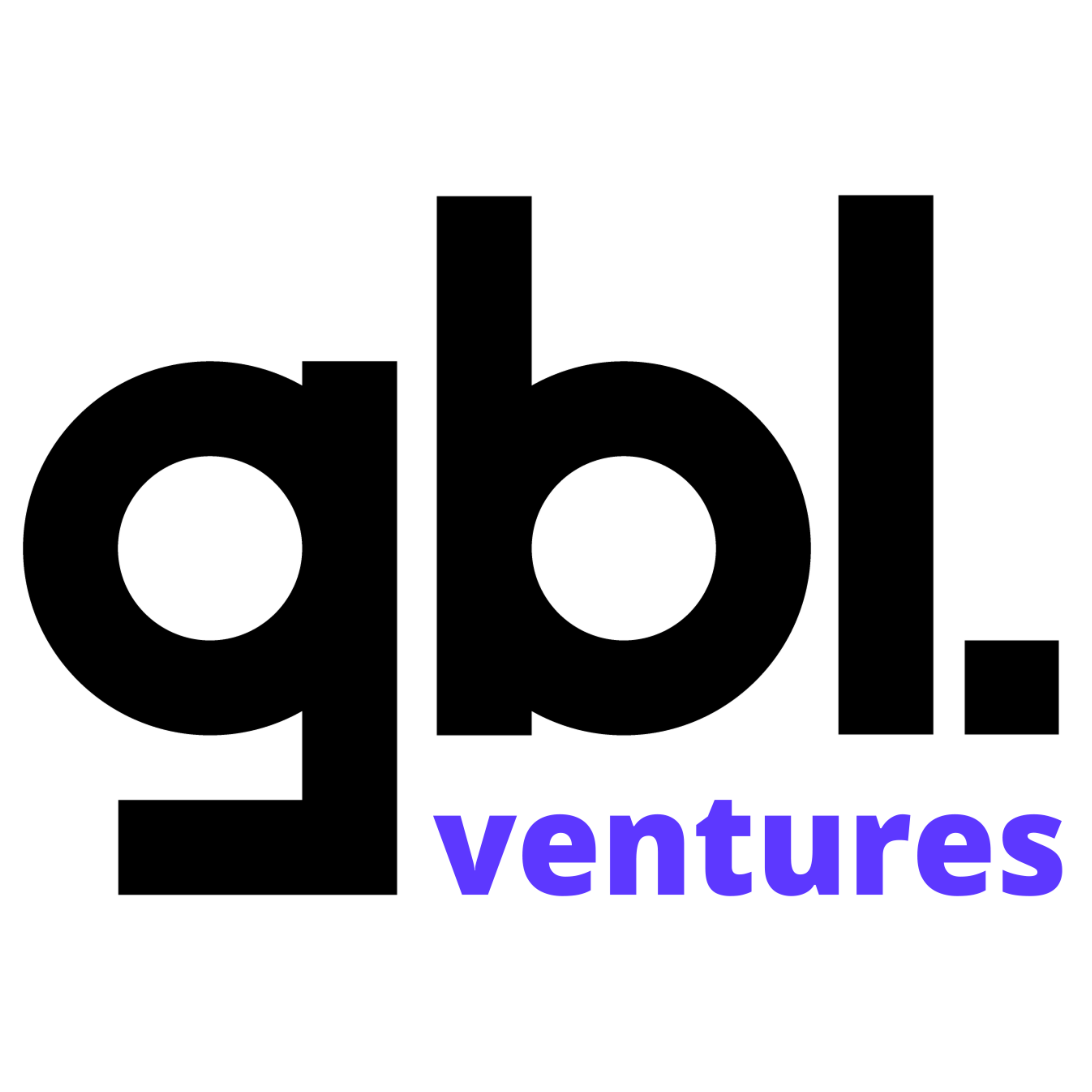In the bustling environments of factories, construction sites, and other labor-intensive industries, the rhythm of machines often drowns out the human voice. Yet, as the backbone of these industries, blue-collar workers require seamless communication more than ever to ensure safety, productivity, and job satisfaction. Amidst technological advancements and changing work dynamics, communication within these sectors is experiencing a renaissance. Let’s delve into the evolving landscape of communication in labor-intensive industries.
Understanding Traditional Communication Barriers
Historical Challenges
Traditionally, labor-intensive workplaces have faced numerous communication barriers. The loud noises from machinery, the physical distance between workstations, and the often hectic nature of tasks have rendered verbal communication challenging. Additionally, language and cultural barriers in diverse workforces can exacerbate these challenges.
Implications of Poor Communication
Ineffective communication can lead to serious repercussions in labor-intensive sectors. Misunderstandings can result in accidents, decreased productivity, and increased worker frustration. Hence, recognizing these barriers is the first step in crafting effective solutions.
Embracing Technology for Enhanced Communication
Digital Advancements
Thanks to technological advancements, various tools are now available to aid communication in noisy and widespread environments. For instance, noise-canceling headsets with built-in microphones allow workers to communicate over distances without shouting. Digital boards and screens provide real-time updates on tasks, minimizing the chances of confusion.
Wearable Tech and AR
Wearable technology, including smart glasses with augmented reality (AR) capabilities, offers promising potential. Workers can receive visual instructions, communicate with colleagues, or even attend virtual training sessions without ever leaving their workstations.
Training and Skill Development
Overcoming Language Barriers
In many factories and labor-intensive workplaces, workers come from diverse linguistic backgrounds. Employers are increasingly recognizing the need for basic language training, allowing workers to communicate essential information effectively. This not only enhances safety but also promotes a sense of unity among teams.
Soft Skill Training
While technical skills are paramount in blue-collar jobs, soft skills, especially communication, are gaining prominence. Workshops and training sessions that focus on effective communication can dramatically reduce misunderstandings and improve overall team cohesion.
The Importance of Feedback Loops
Two-Way Communication
Effective communication isn’t just top-down; it must be a two-way street. Workers on the ground often have insights and feedback that can lead to process improvements. Establishing regular channels, like suggestion boxes or monthly feedback sessions, ensures that workers have a voice and that management remains informed about on-ground realities.
Benefits of an Open Dialogue
When workers feel heard, it fosters a sense of belonging and loyalty. Moreover, feedback loops can lead to tangible improvements in workflows, safety protocols, and overall productivity. By embracing an open dialogue, companies not only enhance communication but also drive continuous improvement.
Promoting a Culture of Clear Communication
Leading by Example
Management plays a crucial role in setting communication standards. By prioritizing clear, respectful, and open communication, leaders set the tone for the entire organization. This means not just using the right tools but also promoting a culture where every voice matters.
Regular Communication Drills
Just as factories might have safety drills, communication drills can be invaluable. Simulating various scenarios, from emergencies to day-to-day tasks, helps workers practice effective communication. Over time, this practice can make clear communication second nature.
In labor-intensive industries, where precision and safety are paramount, clear communication forms the cornerstone of effective operations. By recognizing traditional barriers, harnessing technology, investing in training, establishing feedback loops, and promoting a culture of clear communication, we can redefine the communication blueprint in these sectors. As the adage goes, it’s not just about talking; it’s about being understood. And in the bustling world of labor-intensive industries, being understood can make all the difference.

